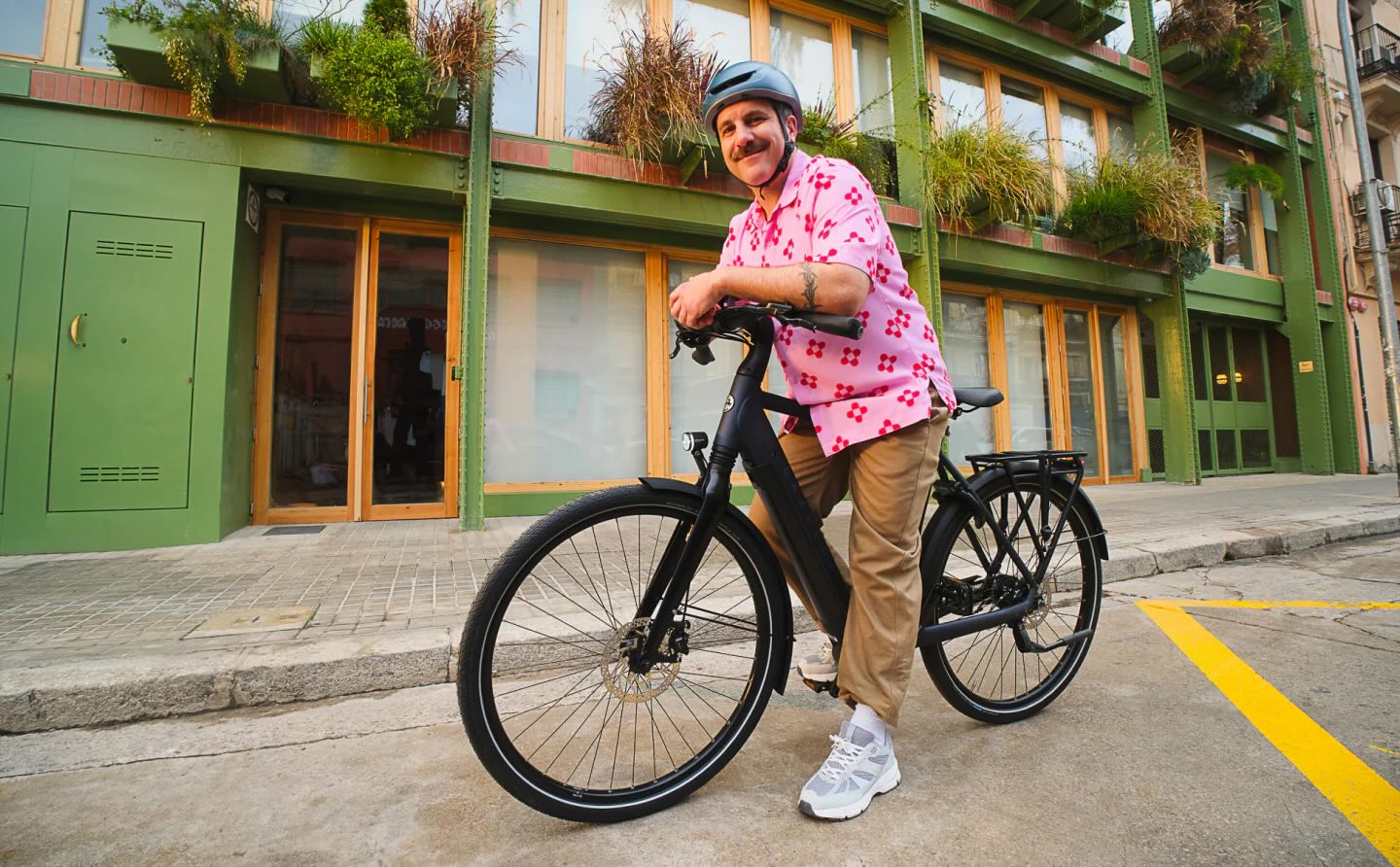Normally, when we think of diseases spreading, we think of them transferring from person to person or possibly spreading through animals or the surfaces touched by a sick person. But new research has provided evidence that fragments of plastic in our water could be vehicles for disease — and not just any disease but antibiotic-resistant microbes.
What's happening?
News Medical reports the results of a study conducted in Guangxi Province, China. Researchers disinfected microplastics (both polyethylene and polypropylene) as well as particles of stone, wood, and sand, then placed those particles in the Beilun River at five sites that ranged from urban to rural.
Researchers kept the samples in the river for 30 days and then checked what bacteria and viruses had grown on each type of particle. They found 28,732 bacteria species and 501 virus genera, according to News Medical.
The final analysis revealed that even though they were kept in the same water, polyethylene and polypropylene each developed unique colonies of bacteria not found on the natural particles, News Medical detailed. Some of those species were ones that could infect human beings.
Also, researchers found evidence that antibiotic resistance genes, which make infections much harder to treat with modern medicine, were being transferred and affected by interactions between bacteria and viruses on the microplastic surfaces. In other words, the microbes in these colonies were actively making each other stronger and harder to kill.
Another recent study produced similar findings.
Watch now: How Microsoft's Surface laptops became some of the most repairable devices on the market
Why are these findings important?
The development of "superbugs" that resist medical treatment is a big deal for humanity. Antibiotics are among our strongest tools for keeping people safe from disease, so the more microbes that become resistant to the antibiotics we have, the more likely it is for diseases to spread, sometimes harming or even killing people who are infected.
Microplastics in the environment have become incredibly common, being found all over the Earth and wreaking havoc on ecosystems and wildlife. The new findings further suggest that they're also a breeding ground for viruses and bacteria — and potentially for superbugs, which could cause devastating illnesses.
What's being done about microplastics?
Scientists around the world are hard at work finding ways to remove microplastics from water. Meanwhile, you can reduce the amount of microplastics entering the environment by finding alternatives for plastic products and supporting plastic-free packaging.
Join our free newsletter for weekly updates on the latest innovations improving our lives and shaping our future, and don't miss this cool list of easy ways to help yourself while helping the planet.
TCD Picks » Upway Spotlight















